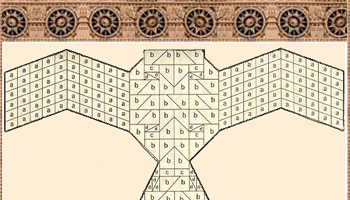
Did Mīmāṃsā thinkers execute rituals? Daya Krishna maintained –in his usual provocative way– that their reflections had no effect at all on yajñikas (ritual officiants). Asko Parpola has (convincingly, in my opinion) shown how their respective milieus were, at least at the beginning, quite close (Parpola 1981). What happened them? I have often the feeling that ritual was taken seriously by Mīmāṃsā authors, but as a subject of study rather then of praxis. In Rāmānujācārya's Tantrarahasya and even more so in Śabarabhāṣya and Tantravārttika, several examples of ritual details (at times even minutiae) are discussed. Could they have been learnt only as case-studies? The question reflects that of the examples found in Pāṇinīyas' grammatical works. Did they repeat previous examples or did they forge them out of their contact with active speakers?
Frederick M. Smith in his wonderful The Vedic Sacrifice in Transition (1987) suggests that the contiguity between sacrifice and Mīmāṃsā has continued until the present day.

No comments:
Post a Comment